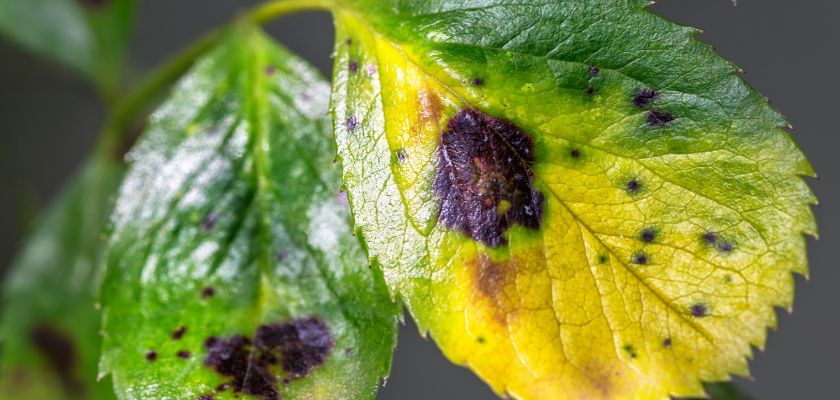Trees are more than simply ornamental in Dallas’ vast metropolitan environment; they are vital to our ecology since they give our surroundings shade, oxygen, and aesthetic appeal. But keeping trees healthy needs work and knowledge, particularly when dealing with typical fungal problems. At TTTDallasTX, we recognize the value of preventative tree care, which includes practical fungal control techniques. We’ll go over the many kinds of tree fungi, their causes, and their remedies in this in-depth guide to make sure your trees stay healthy even in the face of fungal attacks.
Table Of Content
Exploring Common Tree Fungus
Identifying Common Tree Fungi
Tree fungi come in various forms, from powdery mildew to devastating root rots. Each type of fungus presents unique challenges and symptoms, ranging from discolored leaves to visible fungal growth on bark or branches.
Uncovering the Causes of Tree Fungus
Tree fungus thrives in environments with high moisture levels and poor air circulation. Common causes include overwatering, compacted soil, improper pruning techniques, and stressors such as drought or injury. Understanding these underlying factors is crucial for effective fungus management.
The Impact of Tree Fungus on Tree Health
Left unchecked, tree fungus can wreak havoc on tree health, compromising structural integrity, and vitality. Fungal infections weaken trees’ natural defenses, making them susceptible to secondary pests and diseases, and ultimately leading to decline or death if not addressed promptly.
Implementing Proactive Fungus Management
Professional Tree Fertilization in Dallas
One proactive measure to combat tree fungus is professional tree fertilization. Enriching the soil with essential nutrients and micronutrients can boost tree immunity and resilience, helping trees fend off fungal infections more effectively.
Enhancing Tree Vigor and Stress Resistance
Healthy, vigorous trees are better equipped to withstand fungal attacks. Proper watering, mulching, and soil aeration practices can enhance tree vigor and reduce stress, minimizing the risk of fungal infection.
Pruning Diseased Branches
Removing infected or diseased branches is essential for preventing the spread of tree fungus. Strategic pruning techniques, performed by certified arborists, can eliminate fungal hotspots and promote new, healthy growth.
Promoting Long-Term Tree Health
Monitoring Environmental Conditions
Regular monitoring of environmental conditions, such as soil moisture levels and air circulation, can help identify potential fungal hotspots and mitigate risk factors before they escalate.
Implementing Proper Tree Care Practices
Practicing proper tree care techniques, including watering, mulching, and fertilizing, is essential for maintaining tree health and resilience. By providing trees with optimal growing conditions, you can reduce their susceptibility to fungal infections.
Consulting with Certified Arborists
When faced with severe or recurring fungal infections, seeking professional guidance from certified arborists is paramount. Arborists can conduct thorough assessments, diagnose fungal issues, and develop customized treatment plans tailored to your trees’ specific needs.
Final Wording
Proactive fungus management is essential for safeguarding the health and longevity of trees in Dallas. By understanding the types and causes of tree fungus, implementing effective management strategies, and promoting long-term tree health, you can protect your trees from the devastating effects of fungal infections. At TTTDallas TX, we’re committed to providing expert tree care services, including professional tree fertilization in Dallas, to ensure the vitality and beauty of your trees for years to come. Contact us today to learn more about our comprehensive tree care solutions and how we can help protect your trees from common fungal threats.
FAQ’s
Yes, certain types of tree fungus can spread to other plants in your landscape if left untreated, posing a threat to the overall health of your greenery.
Yes, frequent use of fungicides without proper rotation or alternation can lead to the development of resistant fungal strains, making treatment more challenging in the future.
Environmental conditions play a significant role in the development and spread of tree fungus. Warm, humid weather provides optimal conditions for fungal growth, while drought stress can weaken trees’ natural defenses.
Strategic pruning of infected branches can certainly help contain the spread of tree fungus by removing diseased tissue and improving air circulation within the canopy.

